
Ingredient
Sheep liver
The Delicate Delight: Sheep Liver
Sheep liver is characterized by its tender texture and a deep, earthy flavor. It has a reddish-brown color and a smooth, velvety surface. When cooked, it becomes tender and develops a rich, savory taste that pairs well with robust seasonings and ingredients.
Origins and history
Sheep liver has been consumed for centuries and is a staple in many traditional dishes. It has a long history of being used in Mediterranean, Middle Eastern, and Asian cuisines. In these regions, it is often featured in dishes like liver pâté, liver and onions, or as a filling for dumplings and pastries.
Nutritional information
Sheep liver is a nutrient-dense ingredient that is packed with essential vitamins and minerals. It is an excellent source of iron, vitamin A, vitamin B12, and folate. Additionally, it provides a good amount of protein and is relatively low in calories.
Allergens
Sheep liver may cause allergic reactions in individuals with a known allergy to organ meats or specific proteins found in the liver. It is important to exercise caution and consult with a healthcare professional if you have any concerns or allergies.
How to select
When selecting sheep liver, look for cuts that are firm, moist, and have a deep reddish-brown color. Avoid liver that appears dry, discolored, or has a strong odor. Fresh liver should have a slightly sweet smell and a smooth texture. If possible, choose organic or pasture-raised liver for the best quality and flavor.
Storage recommendations
To maintain the freshness and quality of sheep liver, it should be stored in the refrigerator at a temperature below 40°F (4°C). It is best to wrap the liver tightly in plastic wrap or place it in an airtight container to prevent exposure to air and moisture. Use the liver within 1-2 days of purchase for optimal flavor and texture.
How to produce
Sheep liver can be produced by raising sheep in a suitable environment. It requires proper care, nutrition, and veterinary supervision to ensure the health and well-being of the animals. Consult with local farmers or agricultural experts for specific guidance on sheep farming.
Preparation tips
Sheep liver can be prepared in various ways, including sautéing, grilling, or incorporating it into stews and casseroles. Before cooking, it is recommended to soak the liver in milk or lightly salted water to remove any potential bitterness. It pairs well with onions, garlic, herbs like rosemary or thyme, and acidic ingredients like lemon juice or vinegar. Cook liver until it is slightly pink in the center to ensure tenderness and avoid overcooking, which can result in a tough texture.
Substitutions
Beef liver, chicken liver, or duck liver can be used as substitutes for sheep liver. They offer a similar rich flavor and texture that can complement various dishes. However, the substitution may slightly alter the taste and overall character of the dish.
Culinary uses
Sheep liver is commonly used in dishes such as liver pâté, liver and onions, liver dumplings, and liver pastries. It is also a popular ingredient in traditional Mediterranean, Middle Eastern, and Asian cuisines. Additionally, it can be incorporated into stews, casseroles, or served as a standalone dish.
Availability
Sheep liver is commonly available in regions where sheep farming is prevalent, such as Europe, the Middle East, and parts of Asia. It can also be found in specialty butcher shops or ethnic grocery stores in other parts of the world.
More ingredients from this category

Rabbit liver
The Delicate Delight
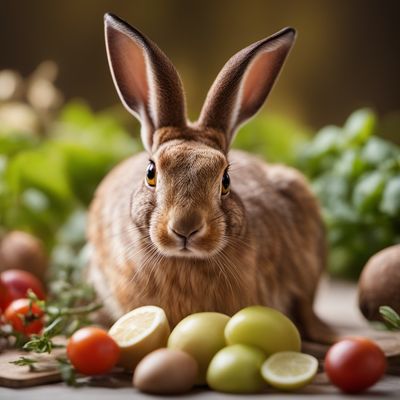
Hare liver
The Delicate Delight: Exploring the World of Hare Liver
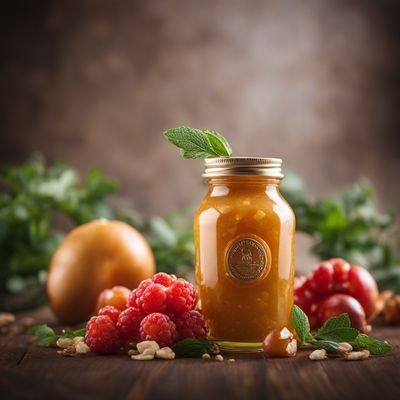
Deer liver
The Nutrient-Rich Delicacy: Exploring the World of Deer Liver
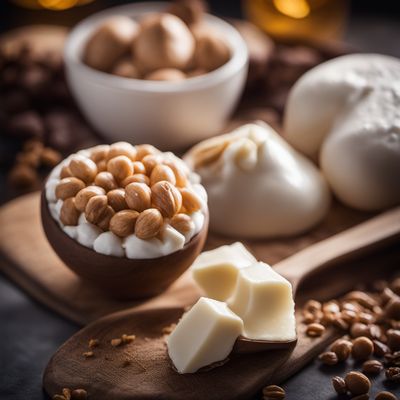
Bovine liver
The Nutrient Powerhouse: Bovine Liver

Equine liver
The Delicate Delight: Equine Liver

Pig liver
The Rich and Nutritious Pig Liver

Wild boar liver
The Savory Delicacy: Wild Boar Liver

Goat liver
The Nutrient-Rich Delicacy: Exploring the World of Goat Liver
Recipes using Sheep liver » Browse all

Greek-style Stuffed Lamb Intestines
Mediterranean Delight: Savory Greek Lamb Intestine Rolls
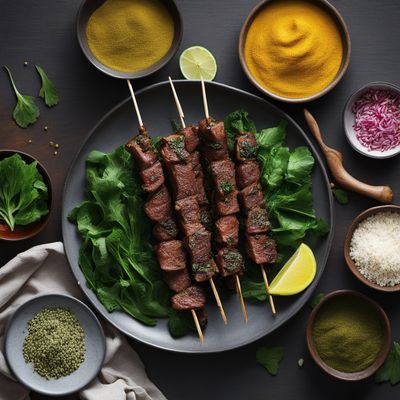
Grilled Spiced Lamb Liver Skewers with Mustard Greens
Sizzling Jharkhandi Delight: Grilled Spiced Lamb Liver Skewers with Mustard Greens
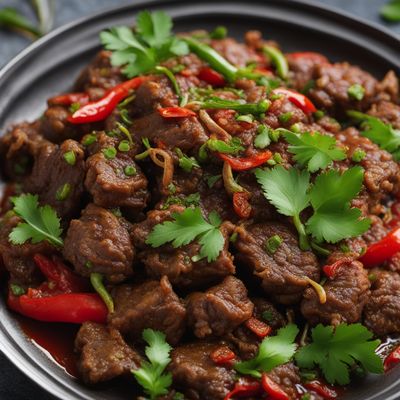
Kata-kat - Spicy Stir-Fried Offal Delight
Fiery Fusion: A Spicy Symphony of Offal Delights

Spanish Chanfaina with a Twist
Savory Spanish Chanfaina: A Hearty Delight

Skilpadjies - Traditional South African Lamb Liver Wrapped in Caul Fat
Savory Delights: South African Lamb Liver Parcels

Creamy Brain Pudding
Savory Delight: Creamy Brain Pudding with Italian Flair

Saraiki-style Spicy Liver Curry
Fiery Liver Delight: A Spicy Saraiki Twist

Turkish Brain Salad
Savory Delight: Turkish Brain Salad
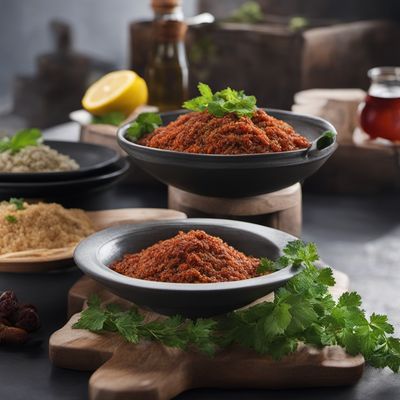
Arnavut Ciğeri with a Twist
Savory Delight: A Modern Twist on Arnavut Ciğeri

Mustazzeddu alla Siciliana
Sicilian Delight: Mustazzeddu Stuffed with Flavor

Brački Vitalac - Traditional Croatian Lamb Offal Dish
Savory Delight: Brački Vitalac - A Croatian Culinary Masterpiece

Venetian-style Liver
Savory Delight: Venetian Liver with Caramelized Onions